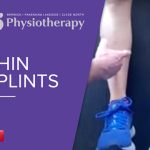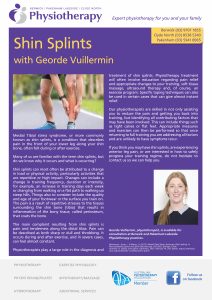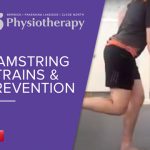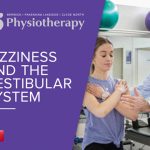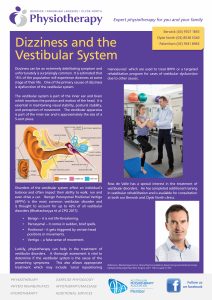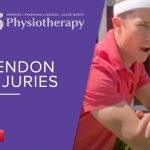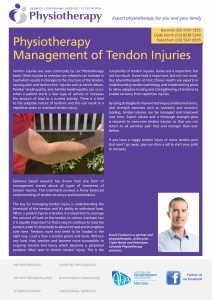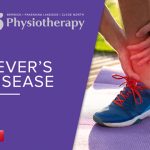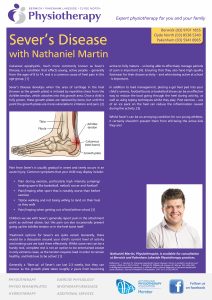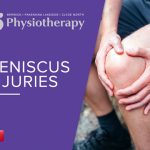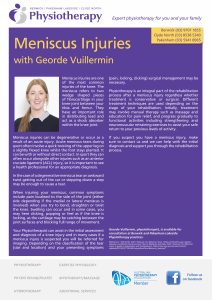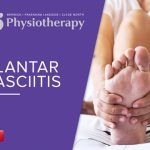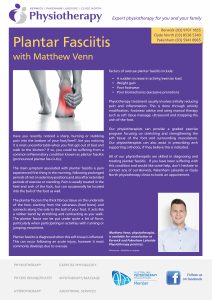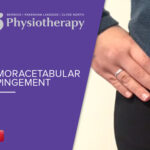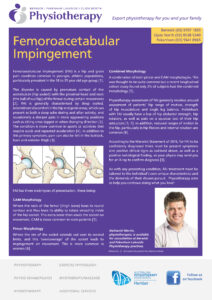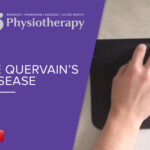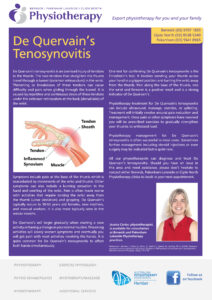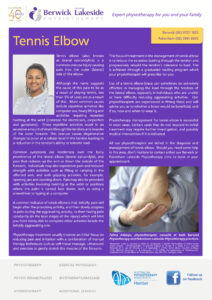Medial Tibial stress syndrome, or more commonly known as shin splints, is a condition that describes pain in the front of your lower leg along your shin bone, often felt during or after exercise.
Many of us are familiar with the term shin splints, but do we know why it occurs and what is occurring?
Shin splints can most often be attributed to a change in load or physical activity, particularly activities that are repetitive or high impact. Changes can include a change in training frequency, duration or intensity. For example, an increase in training days each week or changing from walking on a flat path to walking up steep hills. Things also to consider include the quality and age of your footwear or the surface you train on.
The pain is a result of repetitive stresses to the tissues surrounding the shin bone (tibia) that results in inflammation of the bony tissue, called periosteum, that coats the bone.
The main complaint resulting from shin splints is pain and tenderness along the distal tibia. Pain can be described as both sharp or dull and throbbing. It occurs during and after exercise and in severe cases can feel almost constant.
Physiotherapists play a large role in the diagnosis and treatment of shin splints. Physiotherapy treatment will often involve education regarding pain relief and appropriate changes to your training, soft tissue massage, ultrasound therapy, and of course an exercise program. Specific taping techniques can also be used in certain cases that can give almost instant relief.
Our Physios are skilled in not only assisting you to reduce the pain and getting you back into training, but identifying all contributing factors that may have been involved. This can include things such as tight calves or flat feet. Appropriate measures and exercises can then be performed so that once returning to full training you are addressing all factors and unlikely to have symptoms recur.
If you think you may have shin splints, are experiencing anterior leg pain or are interested in how to safely progress your training regime, do not hesitate to contact us so we can help you.
References:
Amin, I., & Moroz, A. (2017). Medial Tibial Stress Syndrome (Shin Splints). In Musculoskeletal Sports and Spine Disorders (pp. 281-282). Springer, Cham. Australia, H. (2020). Shin splints. OthroInfo, 2021, February 14, Shin Splints, https://orthoinfo.aaos.org/en/diseases–conditions/shin-splints

